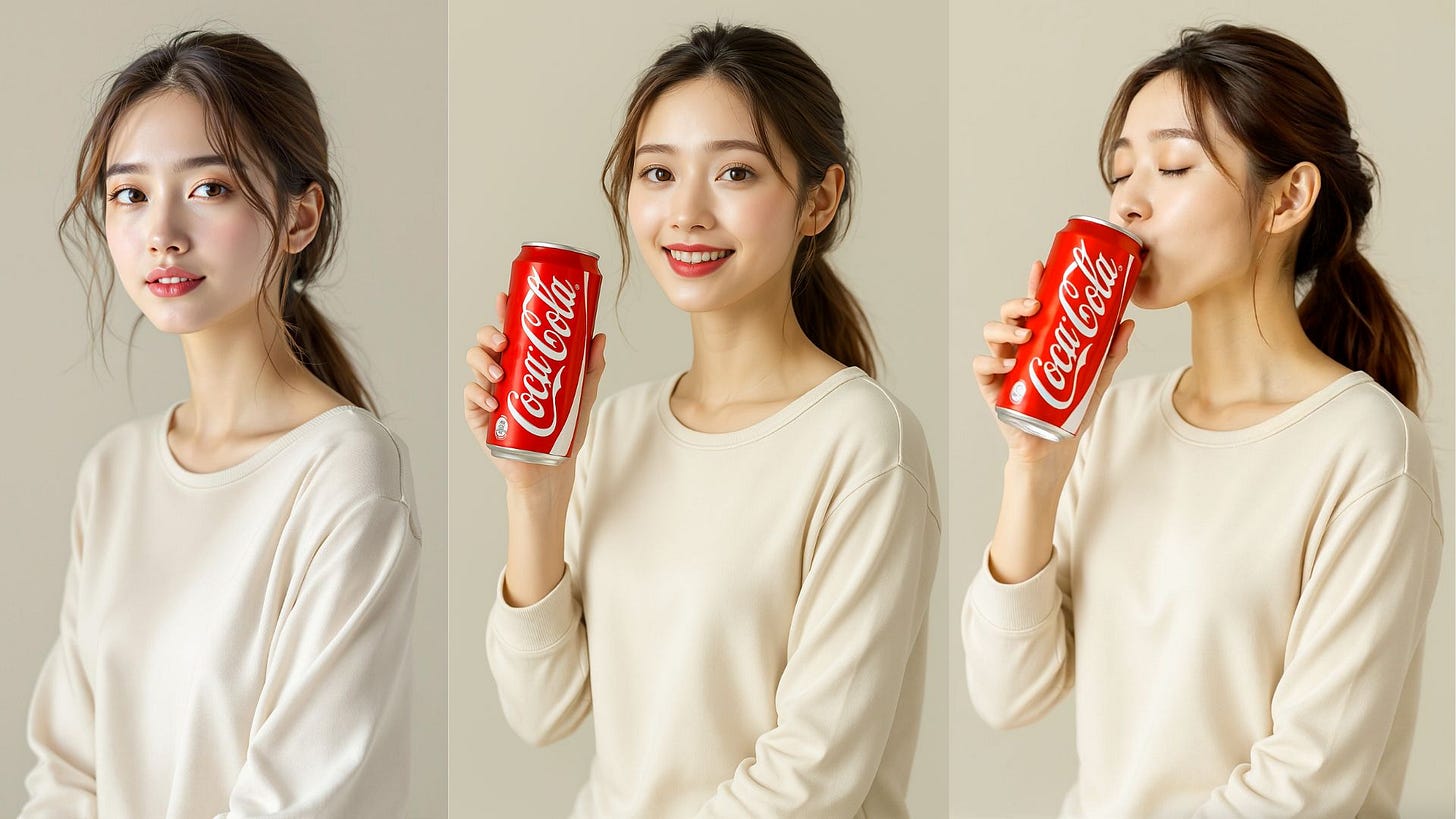How to Make Product UGC Videos with ChatGPT, Kling AI, and Flux
Here's a three-step guide on how to create UGC videos for your products using three powerful AI tools.
AI-generated UGCs, or User Generated Content, are rapidly gaining popularity on social media platforms. This surge in interest is mainly due to the continuous improvement of AI video models like Sora, Kling v1.6, Veo 2, and Runway’s Gen-4.
The quality and ease of creating AI UGC videos have also significantly improved since OpenAI released ChatGPT with GPT-4o’s native image-generation support. Before GPT-4o, merging images seamlessly required separate tools, some of which were quite complicated to use.
In fact, there are already subscription-based platforms dedicated entirely to creating UGC videos for your products. However, these services don’t exactly come cheap. For example, a typical subscription of around $20 per month will only allow you to create roughly ten short UGC videos. If you’re running multiple marketing campaigns or promoting a wide range of products, that can get expensive very quickly.
So, is there a more affordable alternative?
Luckily, yes. In this guide, I will show you how you can easily create product UGC videos with more control, higher quality, and a much lower budget using three powerful AI tools:
Flux Labs AI: For image generation of the model
ChatGPT: We’ll be using GPT-4o to let the model hold the product image
Kling V1.6 Pro: This will turn the UGC image into a 5-second video clip
Let’s get started.
Generate the UGC Image
The very first step you need to take is generating an image of the model that will hold your product. This step is crucial because the realism of your final UGC video heavily depends on how authentic the generated model looks.
Keep reading with a 7-day free trial
Subscribe to Generative AI Publication to keep reading this post and get 7 days of free access to the full post archives.




